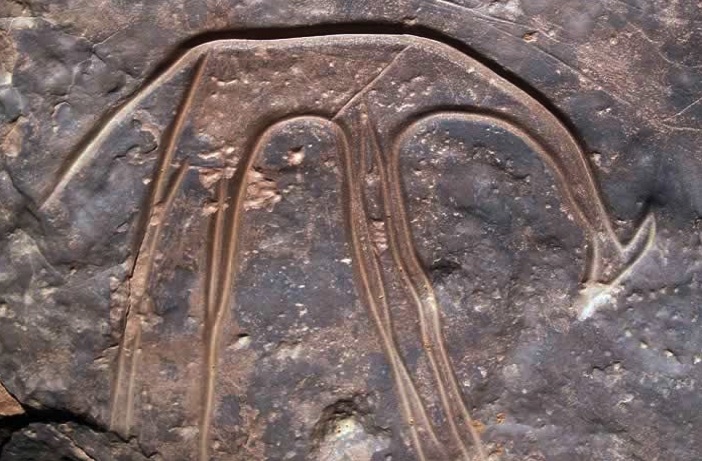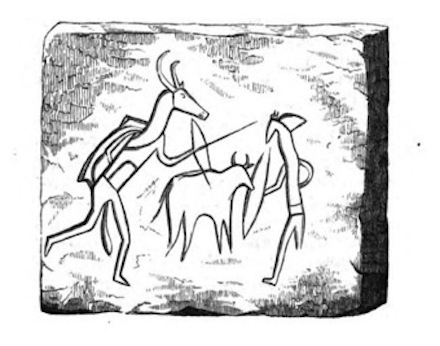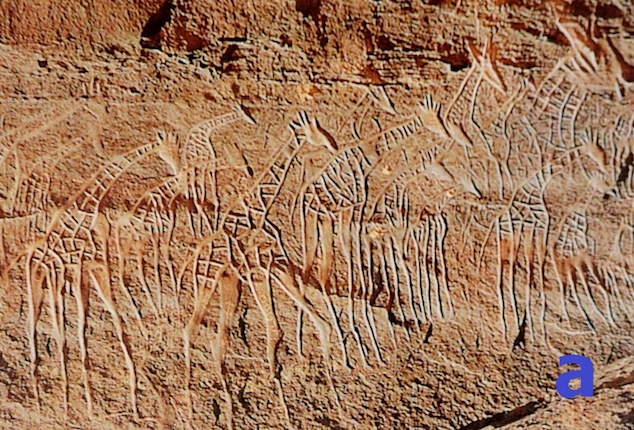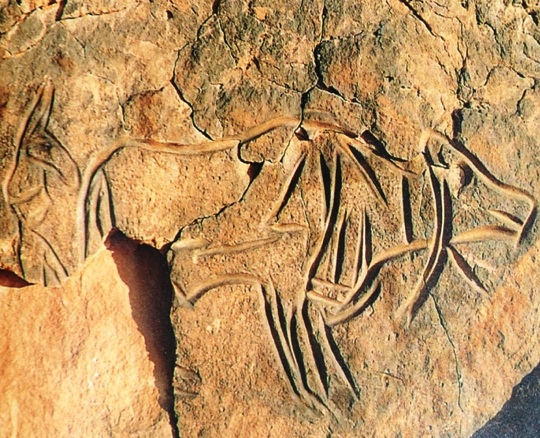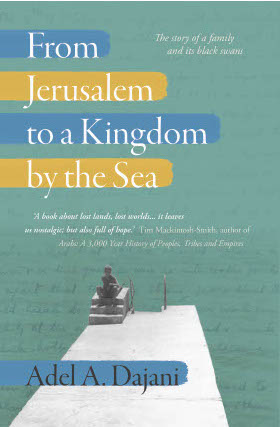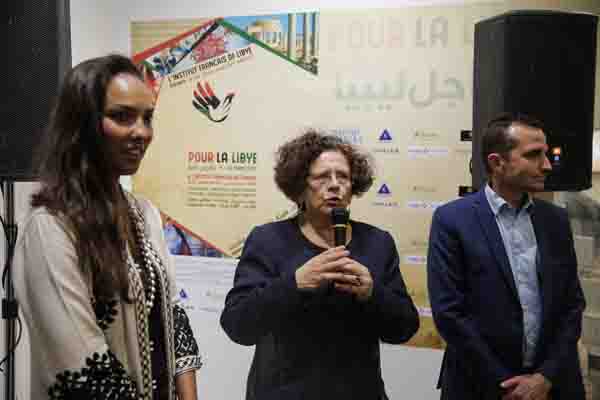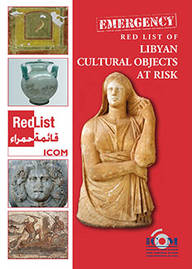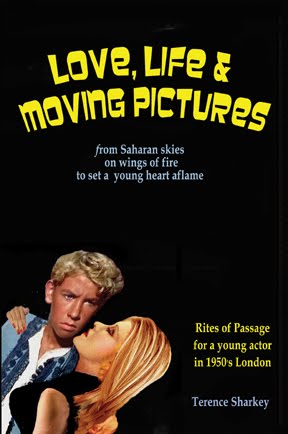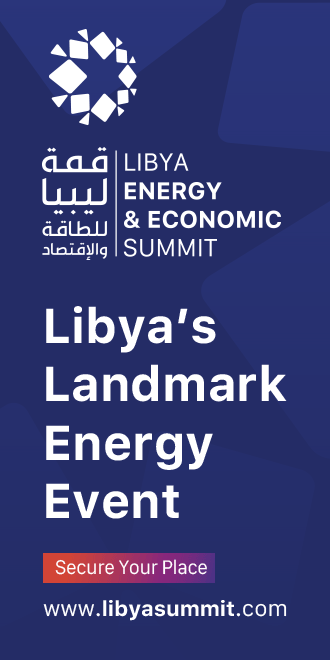By Mustafa J. Salem.
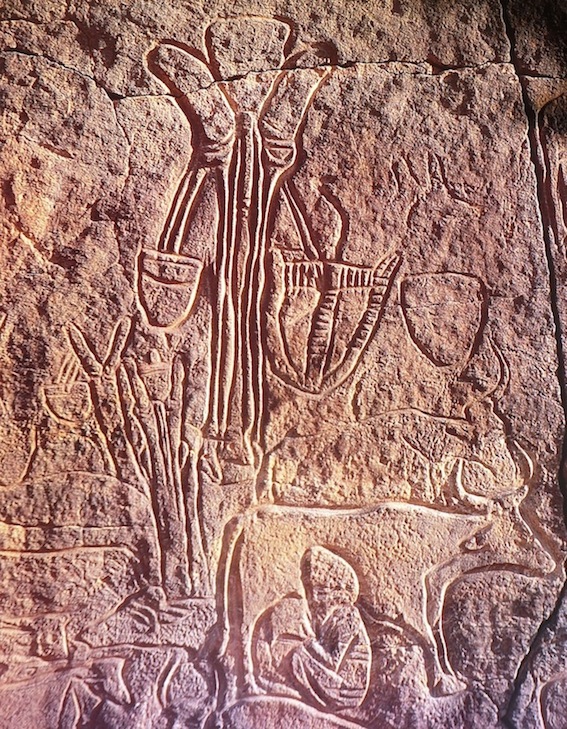
Tripoli, 18 August 2013:
It is over 160 years since the celbrated German . . .[restrict]explorer, Heinrich Barth, in July 1850 accidently discovered some rock engravings on the Messak Plateau in Wadi Tilizzaghen while passing through on his famous expedition in the central and northern Sahara desert. After losing both his colleagues, the expedition took him several years to complete.
Although Barth’s discovery was accidental, he was attracted by the engravings, and the site in which they were engraved “The spot where we had pitched our tents afforded a very favourable locality for commemorating any interesting events, and the sandstone blocks which studded it were covered with drawings representing various subjects, more or less in a state of preservation”. Barth took the time to make sketches of his important discoveries and named one of these engravings “the Apollo of the Garamantes” (Figures 2 and 3).
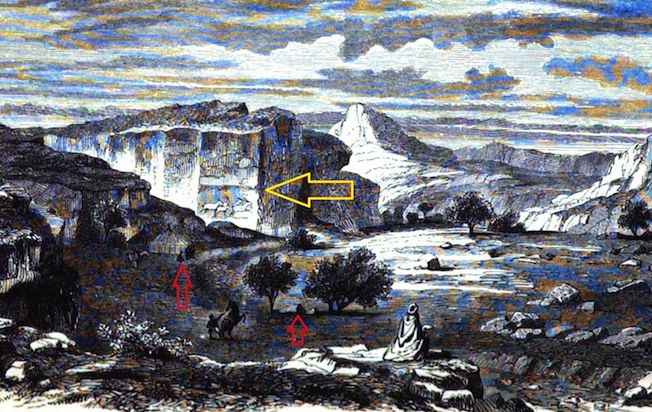
The images examined by Barth in the Messak in 1850 were few when compared with the tens of thousands of rock art figures that have since been discovered in the Sahara by various people. However, their importance lies in the fact that they were the first to be discovered, a fact which made Barth a pioneer in this area.
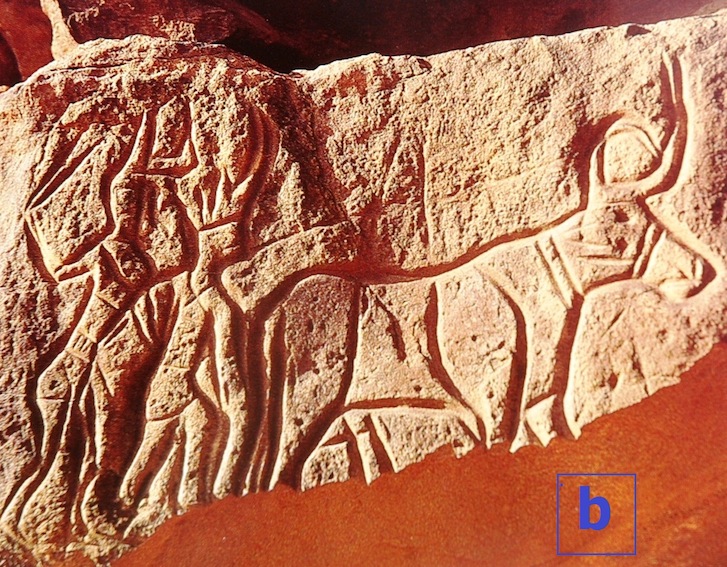
Probably the first comprehensive scientific work on the prehistoric engravings of the Messak was in 1932 when the German ethnologist Leo Frobenius made his first expedition to the prehistoric Wadi Barjuj area and visited the same site that had been reported by Barth almost a century earlier.
Frobenius recorded many important engravings that appear in Wadi Tilizzaghen and also made a comprehensive record of the engravings along the famous Wadi Inhabiter I, II and III (part of Wadi Matchendush). Frobenius recorded most of the engravings in those wadis, sketched many of them and described somein great detail with photographic records (Figure 4).
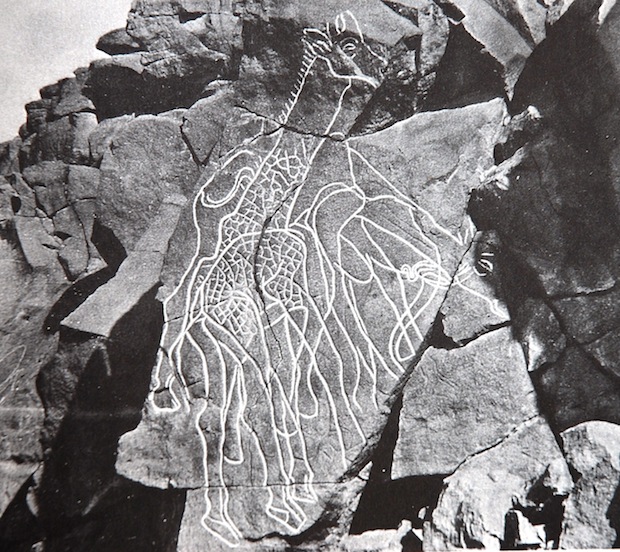
Paolo Graziosi from the University of Florence undertook a systematic and thorough research in the Messak area between 1962 and 1968. Graziosi completed several missions to the Fezzan and especially to Wadi Barjuj. He discovered many new sites and modified the chronological succession of the rock art of the Sahara that had been proposed by earlier workers. He also tried to link the types and styles of engravings with the lifestyle of the inhabitants, and with the surrounding climate and environment at the time. In his efforts to modify the existing groupings of rock art he adopted for the oldest phase the name Bubalus epoch or Hunters’ epoch which is characterised by excellent figures of tropical fauna such as elephant, rhinoceros, hippopotamus, giraffe, and Bubalus antiquus (Figures 4 and 5).
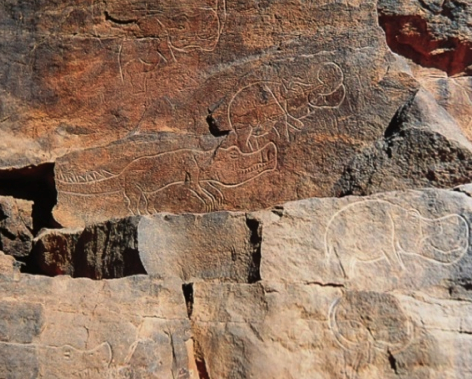
The following epoch was called the Pastoral or Cattle Breeders’ epoch and is characterised by many figures of domesticated animals, especially great herds of cattle, and can be subdivided into several units, the oldest being naturalistic in style and the more recent increasingly schematic (Figure 6).

The third phase was named the Horse epoch or epoch of the War Chariots which is also called the Garamantic epoch in the Fezzan. In this epoch representations of horses harnessed to war chariots first appear.
Finally, there is the Camel epoch that begins around the first years of the Christian era. The camel engravings are rather poor and schematic (Figure 7).
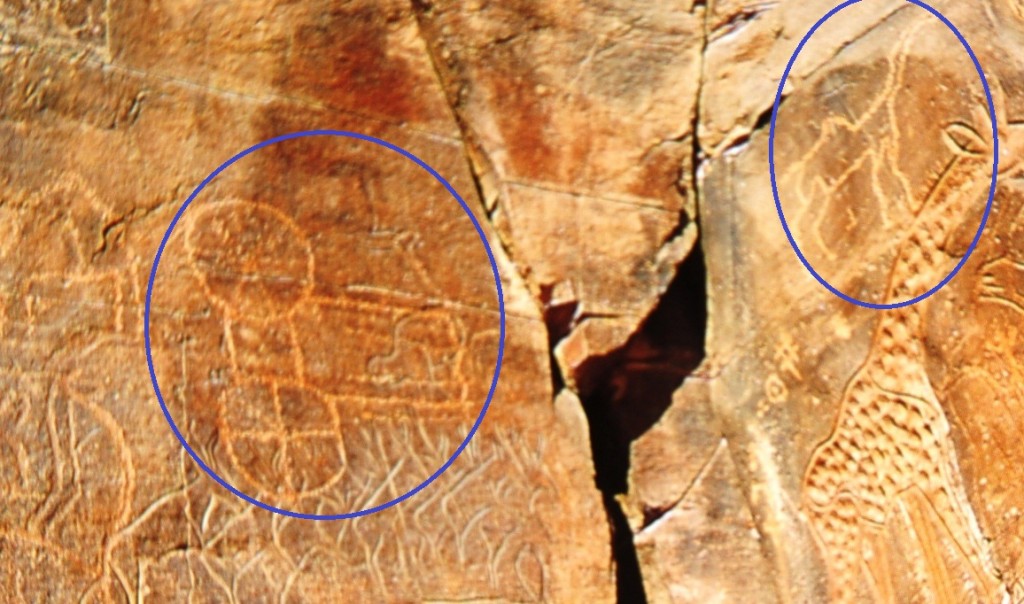
In the last twenty years several workers have given close attention to this historical area which is probably the richest area of art work in the Sahara. Some of the workers on the Messak are professional scientists with special expertise in the heritage of the Sahara while others are amateurs who record the engravings and their locations and take good photographs of them. Although these latter workers, such as R. and G. Lutz (1995) and Van Albada and others (2000), have not researched the anthropology and prehistory of the area in detail, their extensive work in recording the artwork in the Messak area is nevertheless of great significance. The comprehensive scientific research done by the French expert Jean-Loïc Le Quellec and the Italian archaeologists, especially Savino Di Lernia and his team, is also worth mentioning.
Le Quellec has published a few books on the rock art of the Sahara including his recent book “Rock Art in Africa: Mythology and Legend”. In his thorough and scientific approach he has not only interpreted a large number of engravings from the Messak Plateau, relating them to the history of the inhabitants, but has also extended his interpretation to other parts of the Sahara within Libya and other sub-Saharan countries.
These works clearly indicate the importance of the Messak Plateau as an archaeological region rich in prehistoric artwork as well as in archaeological scatter. These historical remnants are treasures of the Libyan Sahara and it will take many generations to study and understand the long history of those Libyans who have lived in the Sahara for many centuries.
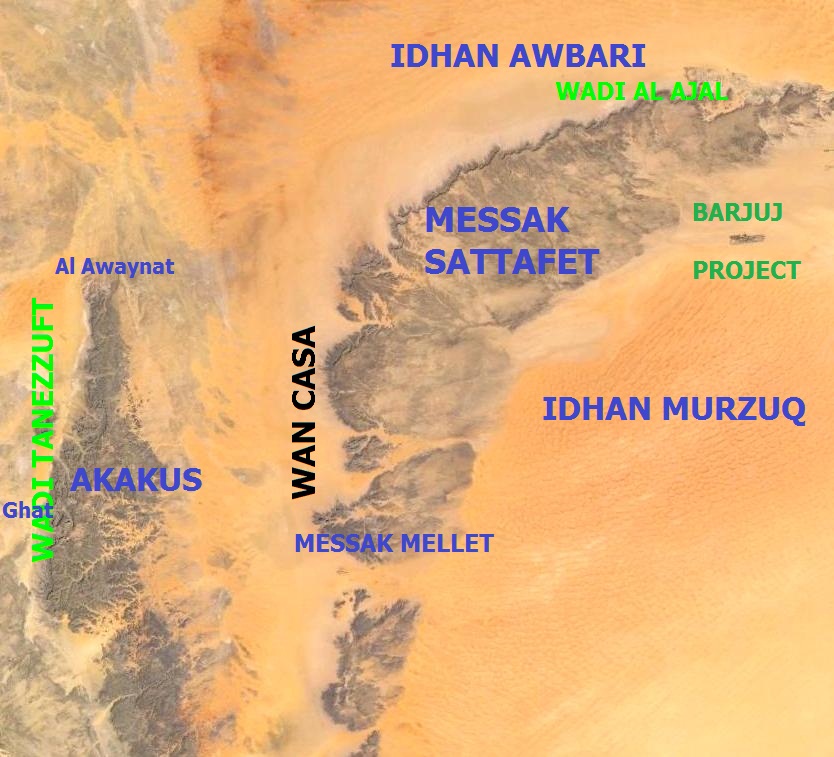
Preservation of Messak Plateau–Natural and Human Heritage
Background
The Messak is a crescent-shaped plateau in the Fezzan region. It is cut through resistive Early Cretaceous sandstones. From the north and west, the plateau is delimited by a high scarp up to 160-metres high with deep wadis at its base. Its surface is a rocky ‘Hamada’ terrain which is very difficult to cross. It is cut by several dendritic wadis which mostly run east northeast and empty their water load into the extensive Idhan Murzuq sand sea (Figure 8).
The high cliffs and rugged wadi sides are formed by the Messak Formation, comprised of resistive sandstone beds, mostly silicified. The sandstone is usually coarse to conglomeratic and light brown to reddish brown on fresh surfaces. The sandstone attains a dark brown patina which is a typical desert varnish giving the surface its dark cast when viewed from a distance. Some petrified wood fossils and chert nodules are common within these sandstone beds.
The hard sandstone ledges on the sides of the wadis in the Messak were suitable for engravings, while the hard silicified rocks and cherty rocks provided good raw material for manufacturing stone tools during the prehistoric age.
Until very recently, the Messak Plateau’s natural heritage and rich prehistoric art were preserved by virtue of their location. Its mostly very rough, stony surface (‘Hamada’) cut by deep wadis and steep gorges makes the terrain very hard to drive on. For many years, vehicles seldom visited the area and the local nomads were only able to walk within the wadis while herding their animals (Figure 9). In those times, various fauna and flora were common in the wadis even though the area is hyperarid with infrequent rainfall.
Acacia trees are the dominant plants in the wadis, with small shrubs and grasses that bloom after each rainfall.
Several species of mammals, such as gazelle, Barbary sheep, fennec fox, jackals and a few species of rodents, reptiles, birds and insects were quite common on the plateau, especially in the wadis.
In recent years, however, (especially after the opening of numerous tracks by oil operators in the area), easy access as well as indiscriminate hunting has drastically reduced these fauna. Meanwhile, wood collection and over-grazing by local inhabitants has reduced the number of rare Acacia trees and much of the seasonal flora.
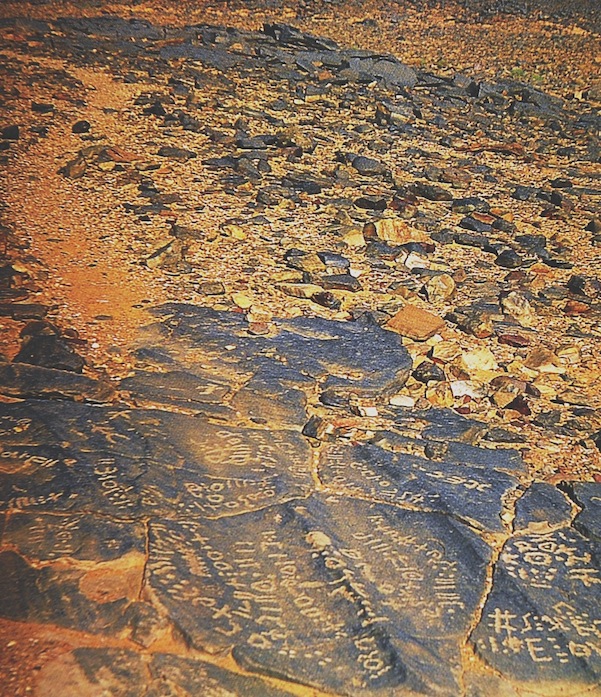
Oil exploration and development in the Messak
Since the early 1990s, international oil companies have been exploring for oil in the Messak and neighboring areas. Seismic surveys were extended for thousands of kilometres over the area. Heavy bulldozers and scrapers were used to clear the seismic lines and thousands of stone tools and other archaeological scatter were lost in the process. The area became accessible to visitors with hundreds of paths and bulldozer tracks easing the way for tourists as well as local inhabitants and hunters. With the discovery of commercial oil reserves in the area and the need to develop them for production and export, further construction work was carried out on top of the Hamada exacerbating the damage to the already heavily impacted archaeological sites and natural habitats.
How to preserve the area
The longer the Messak area remains unprotected the greater will be its damage. While full preservation will need considerable effort, time and financial resources, preliminary steps should be taken immediately to at least limit the deterioration until full protection can be achieved (Figure 10).
The first step should be to limit access to the areas outside oil installations by closing all access tracks. UNESCO should be requested to designate the area a World Heritage site and to assist in its protection.
About fifteen years ago there were a few written proposals to transform the area into a National Park (natural and archaeological). These proposals were intended to limit the impact on the area and to promote and develop the Wadi Matchendush area for tourism and to designate the rest of the area strictly off-limits for visitors but to allow it to be used for scientific research. In 2010, an international team began a three-year project – “The Messak Project: Cultural and Natural Preservation and Sustainable Tourism (south-western Libya)”– aimed at sustainable tourism development of the area. This project was interrupted by the revolution and it is not known when it will be completed and whether or not it will be implemented upon its completion. Preservation of the Messak should be seriously considered and work toward its implementation should be resumed soonest.
The other important and vital step should be to establish a Sahara Research Institute in the area as a focal point for naturalists, earth scientists, anthropologists and historians who are interested in Saharan studies. Such a facility would enable experts to carry out their research in a proper scientific atmosphere, to train local young researchers and to provide sustainable development for the area. Such an institution would also develop awareness about the great importance of the Sahara heritage and help in its preservation.
